



Sakurajima is one of Japan's most active volcanoes, with eruptions of various degrees occurring on a regular basis.

Copyright infringement not intended
PC: BBC
Japan's Sakurajima volcano recently erupted, spewing a gigantic ash plume 3,000 meters above the crater.
|
Name |
Sakurajima Volcano |
|
Location |
Southern end of Kyushu Island, Japan |
|
Proximity to City |
About 4 kilometers from Kagoshima City |
|
Elevation |
1117 meters |
|
Circumference |
Approximately 50 kilometers |
|
Tectonic Setting |
Convergent plate margin |
|
Volcano Type |
Stratovolcano |
|
Formation |
Formed from layers of lava and ash on the south rim of the Aira Caldera |
|
Main Peaks |
North Peak and South Peak |
|
Historical Event (1914) |
Major eruption connected the island to the Ōsumi Peninsula |
|
Eruption Activity |
Frequent minor eruptions, sometimes multiple times daily |
|
Eruption Characteristics |
Explosive; produces ash, pyroclastic flows, volcanic bombs, and gases |
|
Lava Type |
Andesitic (high gas content, very viscous) |
A volcano is an opening or rupture in Earth's surface that releases hot liquid and semi-liquid rocks, ash, and gases as magma.
A stratovolcano, also known as a composite volcano, is a tall, conical volcano built up by many layers (strata) of hardened lava, tephra, pumice, and volcanic ash. These volcanoes typically have steep profiles and periodic, explosive eruptions.
Key features of a stratovolcano:
Source: ndtv.com
|
Practice question: Q. Where is the Sakurajima Volcano located? A) Indonesia Correct Answer: B) Japan |
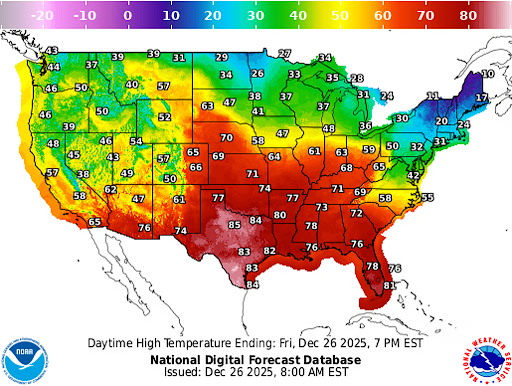
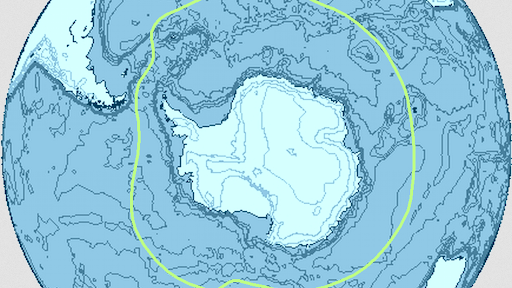
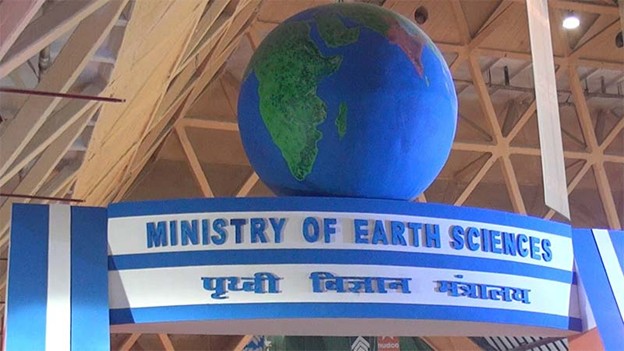
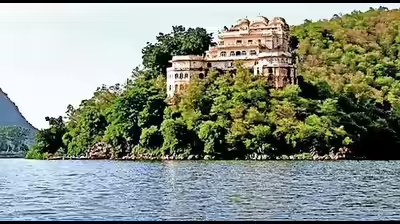

© 2026 iasgyan. All right reserved